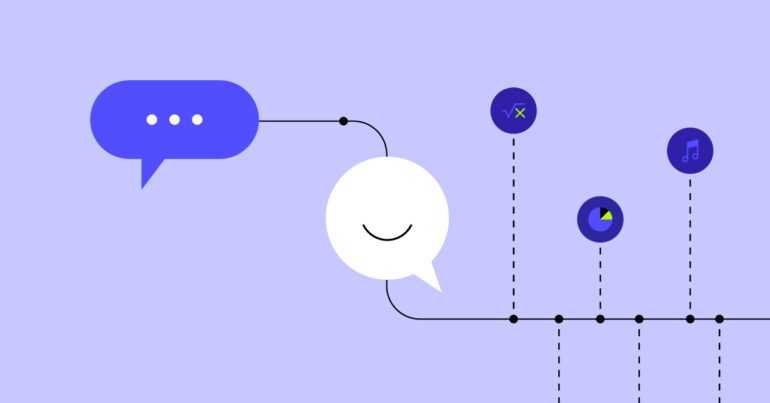TL;DR:
- Researchers propose using Large Language Models (LLMs) as Proxy Reward Functions for training autonomous agents.
- LLMs are well-suited for capturing contextual information and common goals through minimal training examples.
- Users can define agent objectives naturally through language, avoiding the need for extensive labeled data or complex reward functions.
- The proposed approach aligns RL agents with user goals more effectively, outperforming traditional methods.
- LLMs offer a cost-effective and intuitive solution for enhancing human-agent interaction in various scenarios.
Main AI News:
Researchers from prestigious institutions Stanford University and DeepMind have recently proposed an innovative solution that could revolutionize the way autonomous agents are trained and align with human goals. The key lies in using Large Language Models (LLMs) as a Proxy Reward Function, offering a promising approach to tackle the challenges of reward function design and data collection.
In the current landscape, users face two main methods to influence agent behavior: creating reward functions for desired actions or providing extensive labeled data. Both methods come with their own set of obstacles and limitations, leading to difficulties in striking a balance between competing goals. Additionally, agents are susceptible to reward hacking, making it challenging to design reward functions that truly reflect user intentions.
The researchers’ groundbreaking approach focuses on harnessing the power of large language models, which have been extensively trained on vast amounts of internet text data. These models excel in learning contextual information with minimal training examples, making them ideal for capturing human behavior and common sense priors.
Their proposed system involves a conversational interface that allows users to define their goals naturally through language. By employing the prompted LLM as a stand-in reward function for training Reinforcement Learning (RL) agents, users can efficiently express their preferences using just a few instances or sentences.
The process begins with the user defining their objective, and the LLM is leveraged to create a reward function based on the provided prompt. The RL agent’s trajectory and the user’s prompt are then fed into the LLM, which outputs an integer reward representing the extent to which the trajectory aligns with the user’s aim. This approach offers an intuitive way for users to communicate their preferences without needing to provide numerous examples of desirable behaviors.
The benefits of using LLMs as proxy reward functions are manifold. By tapping into the LLMs’ knowledge of common goals, the proposed agent aligns more closely with users’ objectives compared to agents trained with a different goal. In fact, the LLMs increase the proportion of objective-aligned reward signals through zero-shot prompting, resulting in more accurate RL agent training.
Remarkably, even in a one-shot situation, LLMs can recognize common goals and provide reinforcement signals that effectively align with those goals. Consequently, RL agents trained using LLMs to detect a single correct outcome are more likely to be accurate than those trained using traditional labels.
The research has shown significant promise in various scenarios, such as the Ultimatum Game, the DEALORNODEAL negotiation task, and MatrixGames. A pilot study involving ten individuals provided encouraging results, highlighting the potential of this approach in shaping agent behavior according to user’s preferences.
Conclusion:
The use of Large Language Models as Proxy Reward Functions represents a significant breakthrough in the development of autonomous agents. By enabling users to express their preferences naturally and with minimal examples, this approach streamlines the training process, leading to RL agents that better align with users’ objectives. As businesses increasingly rely on AI-driven agents, this research opens up new possibilities for more seamless and effective human-agent interaction in the market. Embracing this technology could offer companies a competitive edge in delivering products and services tailored to individual user needs and preferences.

